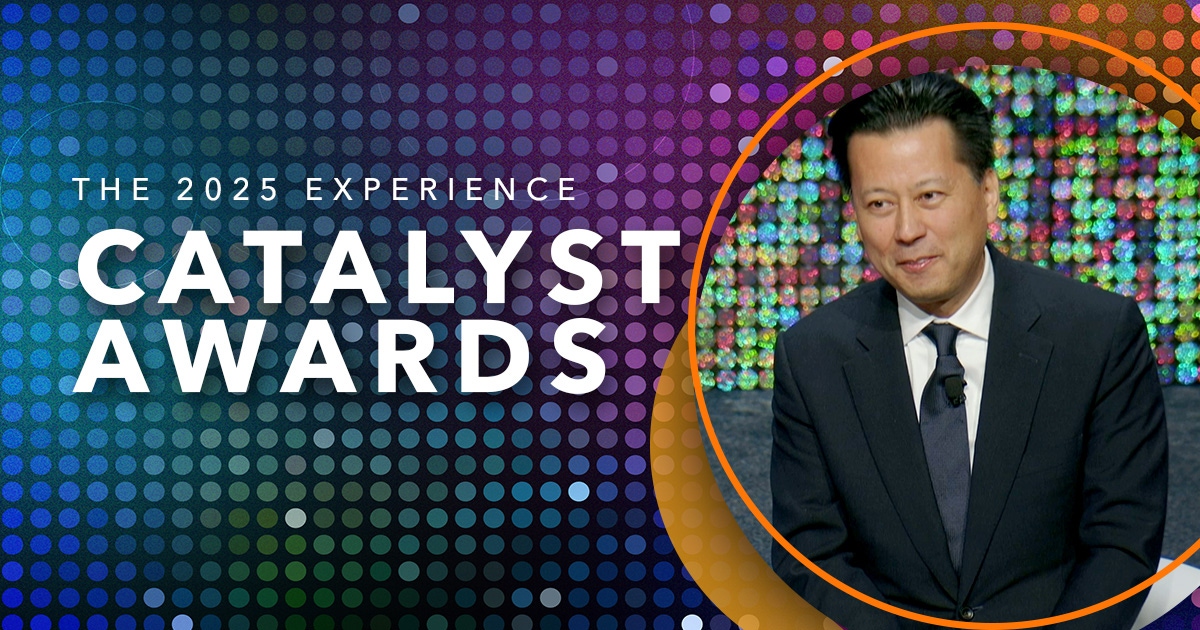‘Take the long view’: Kenji Yoshino on the future of workplace inclusion
4 min read
| Published on
Disclaimer: This blog post is not a substitute for professional legal advice. If you want guidance on what, if any, impact US court rulings and executive orders will have on your organization’s specific inclusion practices, please seek advice from your legal counsel.
“When you’re in the throes of a fight like this, it’s very hard to take the long view. Who do we want to be in this moment when we look back?”
The sociopolitical landscape for US diversity and inclusion business practices is shifting fast — and with global implications. As a slew of executive orders and corresponding legal challenges move through the US federal court system, Kenji Yoshino knows what core principles companies should stand by.
As Chief Justice Earl Warren Professor of Constitutional Law, NYU School of Law and Director, Meltzer Center for Diversity, Inclusion, and Belonging, Yoshino is the leading authority on the legality of "DEI” initiatives in the US.
His keynote speech at the 2025 Catalyst Awards highlighted actionable methods organizations can take to continue building fair and diverse workplaces that work for everyone in the midst of a quickly evolving regulatory landscape.
Here are three key recommendations for companies currently navigating the shifting social, legal, and political pressures in the US.
Take the long view.
Think of where your company was five years ago. In 2020, organizations around the world grappled with both a pandemic and protests in the wake of the murder of George Floyd. Many increased their commitment to workplace inclusion initiatives. Once again, it’s time for companies to stay true to their values while adapting with the times.
Just as organizations should be conducting legal reviews of their inclusion programs, they must also remember that staying silent risks damaging the trust their employees and consumers have in them.
As such, Yoshino warns against making impulsive decisions: Don’t shape the next 20 years of business around several weeks of news cycles. By taking the long view and thinking five years ahead, you can futureproof your organization and set yourself up for sustainable success.
Make a plan before you pivot.
While some organizations may choose to swiftly roll back inclusion programs, pivoting too quickly presents its own legal challenges. Despite current US Supreme Court openness to “reverse discrimination” lawsuits (Reuters), Yoshino says that most anti-discrimination lawsuits are still brought forward from people in historically underrepresented groups.
Diversity and inclusion initiatives are often the first line of defense against other lawsuits. Withdrawing too quickly shows a lack of commitment to your employees and can expose your organization to further legal challenges.
So instead, ask how your organization can finesse its approach — especially when navigating sociopolitical and regulatory differences across global regions. Many Fortune 500 companies are already tweaking their programs to find more solid legal footing, pivoting closed programs such as ERGs (employee resource groups) or scholarships to be open to everyone.
With this clear-eyed gaze forward, organizations can continue to meet their ESG goals while remaining legal under current US federal guidelines.
Know the difference between perceived and actual risk.
How can organizations know if their inclusion initiatives present a legitimate legal risk — or not?
Yoshino provided a simple framework to help companies understand the legal risks. He recommends looking at the 3 Ps: preference for a protected class that creates palpable benefits. All three of these need to be in place to pose a legal risk.
For example, an ERG for LGBTQ+ people that encourages allies to join the conversation is a great tool to improve team cohesion and problem-solving, advancing unity and respect among employees. But if that same ERG excludes people who are not part of the LGBTQ+ community from joining—either explicitly or implicitly—that could create legal risk.
What is the safest course of action? After the 2023 US Supreme Court decision struck down affirmative action, Catalyst recommended ensuring employment decisions around hiring and promotion were based on identity-neutral merit considerations, and did not involve consideration of characteristics protected by Title VII (US EEOC). As the conversation around workplace inclusion initiatives continues to evolve, that recommendation remains sound.
Next steps
Want more ideas to unlock new levels of productivity and prepare your organization for what’s next?
- Discover more insights from the 2025 Catalyst Awards.
- PLUS: Catalyst has partnered with Kenji Yoshino to host a series of exclusive workshops for our Global and Expert Community Supporters — The law and practice of gender inclusion: Critical conversations for today's dynamic environment. Reach out to your RM or become a Supporter to attend.